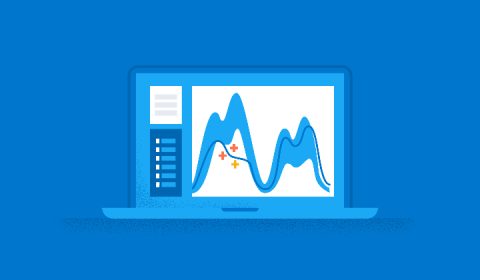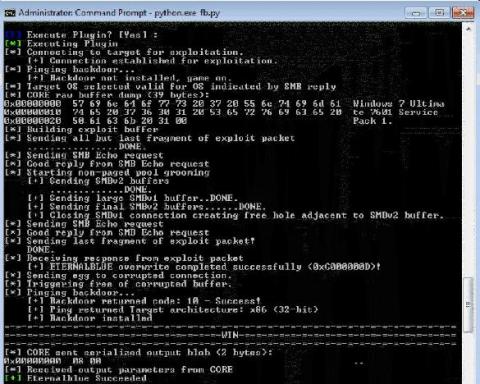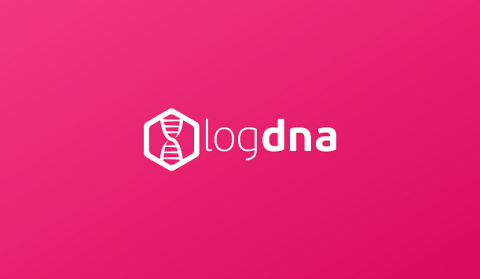Bringing Data to Command & Control
It’s a metaphor that would have been impossible to decode even a decade ago: a Command and Control environment where essential data flows as quickly and intuitively as a map on Uber or Lyft. It’s a way of imagining efficient access to up-to-the-minute mission-relevant information, so that any sensor can make useful intelligence available to any device or effect, on a single screen, in time to make a difference.








